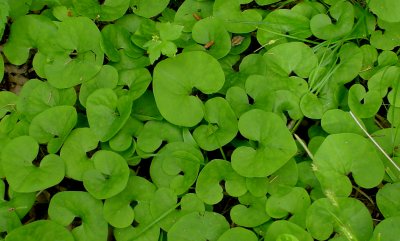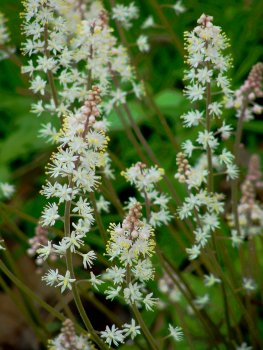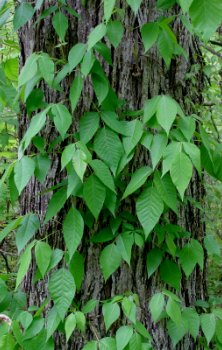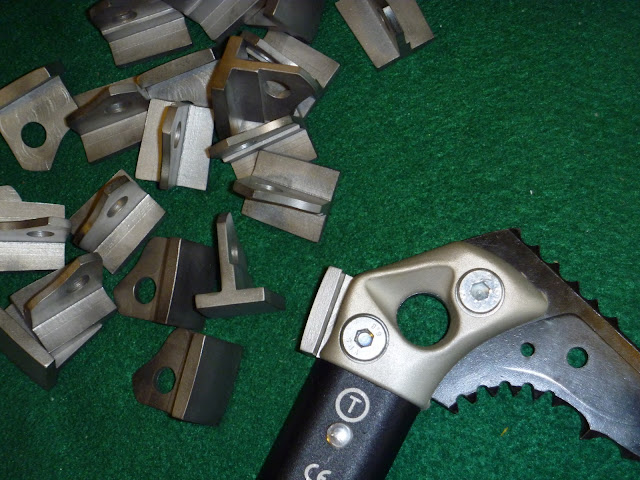Last month I posted photos of the gravestones for Jonathan and Elizabeth Hazlett in Ashland County, Ohio who may be my 5th great-grandparents. I say “may be” because all I have to go on is circumstantial evidence, and that is rather “iffy” to say the least.
According to her gravestone, Elizabeth was 86 years old when she died on March 3, 1848 which indicates that she was born about 1762. The date of birth of Jonathan, based on his age given on his gravestone, calculates to August 15, 1771. So, if this information is correct, then Elizabeth was about nine years older than Jonathan. Somewhat unusual, to be sure.
The gravestone of Sophia Elizabeth Hazlett Dunfee in Evergreen Cemetery, Whitley County, Indiana shows that she died March 13, 1864 aged 69y 10m 3d, which calculates to a date of birth of May 10, 1794. If Elizabeth, wife of Jonathan, is the mother of Sophia then Elizabeth would have been about 32 years old when Sophia was born, not unreasonable. Jonathan would have been not quite 23 years of age. Rather unusual to have that age difference. So, I have my doubts that Elizabeth is the natural/birth mother of Sophia. A more likely scenario is that Sophia's mother died and Jonathan later married Elizabeth.
And how do I know that Jonathan is her father? I don't know for sure that he is. But my “gut feeling” tells me it is so. This is what we do know:
Sophia Elizabeth Hazlett was the wife of James Dunfee, born about 1788. The 1850 and 1860 census records show that they were both born in Pennsylvania. The 1880 census records for five of their children living at the time also show that their parents were born in Pennsylvania. The one exception is the youngest daughter – the 1880 and 1900 census records for her both show that her father was born in Pennsylvania and her mother was born in Maryland.
Biographies of three children and two grandchildren were published in local county history books. These provided clues as to where James and Sophia were born, in most cases corroborating the information from the census records.
- A biography of William H. Dunfee states that he was born in Adams County, Penn., April 10, 1822, and came with his parents to Ohio in 1831. (Counties of Whitley and Noble, Indiana Historical and Biographical; Goodspeed, 1882 p280) His date and place of birth is the same in his obituary.
- In a biography of Jonathan S. Dunfee it states that he is a son of James and Sophie (Hazlett) Dunfee, the former a native of Pennsylvania and the latter of Kentucky. Jonathan was born in Adams County, Pennsylvania on June 9, 1826... being one of thirteen children... he was taken to Wayne County, Ohio when but five years of age. (Counties of Whitley and Noble, Indiana Historical and Biographical; Goodspeed, 1882 p394)
- A biography of Frank E. Lovett states that his father, James Hanson “married Mary, daughter of James and Sophia (Hazelete) Dunnfee, who were of Scotch descent, and came from Pennsylvania to Ohio in 1830. Mary (Dunnfee) Lovett was born March 19, 1816 in Adams County, Penn., and came to Ohio with her parents. James Dunnfee was born in North Carolina in 1786, and died at the age of seventy-six years; his parents came from Ireland. Sophia (Hazelett) Dunnfee was born in Pennsylvania, her parents having been driven from Scotland during the religious persecutions.” (Commemorative Biographical Record of Wayne and Holmes Counties, Ohio; Beers, 1889, p641)
- The biography of David McNabb states that he “was married Oct. 18, 1842 to Sophie Dunfee, a daughter of James and Sophie (Hazlett) Dunfee, who moved from Adams County, Pa., to Ohio in 1833.” (History of Dekalb County, Indiana Vol 2, Interstate, 1885, p577-578)
- A biography of Warren McNabb, son of David and Sophia (Dunfee) McNabb, states that Sophia was “the daughter of James and Sophia (Hazlett) Dunfee, who removed from Adams county, Pennsylvania, to Ohio in 1833.” (History of Dekalb County, Indiana; Bowen, 1914, p422)
The biographies for the three children state that they were all born in Adams County, Pennsylvania and all of the biographies show that James and Sophia came from Adams County, Pennsylvania to Ohio, sometime between 1830 and 1833, with one providing the name of the county in Ohio – Wayne – and telling us that James and Sophia had 13 children.
Another clue resided in the family coffers – the files of my grandmother Hazlette Brubaker Phend (named after her Aunt Hazlette who was named after her great-grandmother, Sophia Hazlett Dunfee) – in the form of a letter written on March 16th 1849. Although signed “James and Sophia E. Dunfee” it was clearly written by Sophia (in Lakeville, Holmes County, Ohio) to their son William H. Dunfee and his wife Catharine in Columbia City, Indiana. The letter gives a brief statement regarding the health and well-being of various members of the family. From that letter we learn that William's baby is the 21st grandchild of James and Sophia. Family members mentioned were Lucy, Sarah, father, George, Henry, Mary, Aunt, your father, Jonathan and Marye An, and Oliver Quick.
I think that “father” is Sophia's father (thus still living in 1849) and that “your father” is William's father James, thus Sophia's husband. Oliver Quick was a brother of Marye An who was the wife of Jonathan.
No where in all of this do we derive a clue as to the name of the parents of Sophia Hazlett or James Dunfee.
However, a tantalizing clue for James' parents comes from the gravestone of “Catherine Dau. of G. & M. Dunfee” found in a heap with other gravestones in Evergreen Cemetery – the same cemetery in which James and Sophia are buried in Whitley County, Indiana. Thankfully, a local researcher had transcribed the stones in the cemetery many years ago and from that publication we learn that Catherine Dunfee died July 27, 1851 aged 57y 9m and that she was buried in the same row, next to James and Sophia. Catherine's date of birth calculates to October 27, 1793. James Dunfee was born about 1788. Is Catherine a sister of James? And who are G. & M. Dunfee?

A pile of gravestones in Evergreen Cemetery, Whitley County, Indiana. The marker for Sophia Dunfee was intact and can be seen behind that of Catharine Dau. of G. & M. Dunfee. Photo taken in November 1985.
To be continued....





 The information about Gabe was positive considering the fact that he was carried over 3,000 feet in an avalanche down the side of a major Canadian mountain! After the slide, Gabe fortuitously was not buried, but did end up spending three days and nights alone (at times in sub-freezing weather) on top of the debris.
The information about Gabe was positive considering the fact that he was carried over 3,000 feet in an avalanche down the side of a major Canadian mountain! After the slide, Gabe fortuitously was not buried, but did end up spending three days and nights alone (at times in sub-freezing weather) on top of the debris.




















 Ingraham Direct, there is some ice going through Cathedral Gap, but nothing too daunting. Once past the Flats, climbers have been ascending the right side of the glacier up to the top the Disappointment Cleaver. Though no teams have summited this route, it looks as though the route does go.
Ingraham Direct, there is some ice going through Cathedral Gap, but nothing too daunting. Once past the Flats, climbers have been ascending the right side of the glacier up to the top the Disappointment Cleaver. Though no teams have summited this route, it looks as though the route does go. 













